Calculating the ROI of Your Injection Mold Investment
Purchasing an injection mold is a significant decision that can impact your manufacturing efficiency and profitability. To ensure you make the right choice, it's essential to calculate the return on investment (ROI) of your injection mold. This involves evaluating the quality level of the mold, its life expectancy, amortized cost into piece price production, and considering hidden costs such as offshore manufacturing. Here's some insight to help you make an informed decision.
Deciding on the Quality Level of an Injection Mold
The quality level of an injection mold is a critical factor in determining its ROI. High-quality molds are typically more expensive upfront but offer better performance, durability, and lower maintenance costs. When deciding on the quality level, consider the following:
Material Selection: High-quality molds are made from durable materials that can withstand the rigors of production. Investing in superior materials can reduce the risk of mold failure and extend the mold's lifespan.
Precision and Tolerances: High-quality molds are manufactured with precise tolerances, ensuring consistent part quality and reducing the likelihood of defects.
Mold Manufacturer Reputation: Choose a reputable mold manufacturer with a track record of producing reliable molds. This can provide peace of mind and reduce the risk of unexpected issues.
Injection Mold Life Expectancy (Number of Cycles)
The life expectancy of an injection mold, measured in the number of cycles it can perform, is another crucial factor in calculating ROI. A mold's life expectancy depends on its quality, maintenance, and the materials used in production. High-quality molds can last for millions of cycles, providing a better ROI over time. Regular maintenance and proper usage can also extend the mold's lifespan, ensuring consistent performance and reducing downtime.
Amortization Cost into Piece Price Production
Amortizing the cost of the mold into the piece price of the produced parts is essential for understanding the true cost of production. To calculate this, divide the total cost of the mold by the number of parts it is expected to produce over its lifetime. This will give you the cost per part attributable to the mold. By incorporating this cost into your pricing strategy, you can ensure that your injection mold is a solid investment recouped over time.
Hidden Costs to Consider: Offshore Manufacturing
While offshore manufacturing may seem cost-effective initially, there are hidden costs that can impact your ROI:
Quality Control Issues: Offshore mold manufacturers may have lower quality standards, leading to higher defect rates and increased rework costs.
Supply Chain Disruptions: Relying on international suppliers can result in delays and supply chain disruptions, affecting your production schedule and increasing costs.
Communication Barriers: Language and time zone differences can lead to miscommunication and longer lead times for design revisions and problem resolution.
Intellectual Property Risks: Offshore manufacturing may pose risks to your intellectual property due to differing legal standards and enforcement.
By considering these hidden costs, you can make a more informed decision about whether offshore manufacturing is truly cost-effective for your injection mold investment.
Ready to maximize the ROI of your injection mold purchase? Partner With Us today to get started on your next project!

